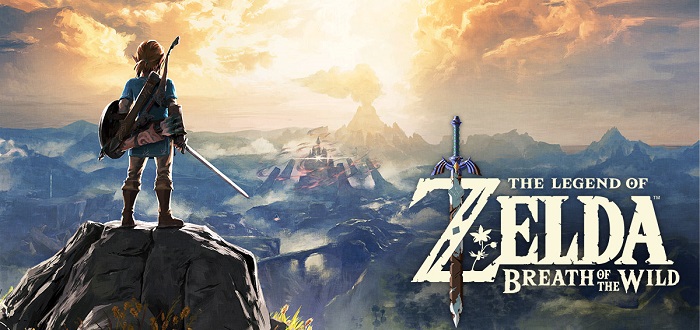
The Legend of Zelda: The Breath of the Wild; or, How To Make Zelda In A Post-Groose World. As well as being the first major new release for the series in years, it is also the main launch title for the Nintendo Switch. As such, there are a lot of hopes riding on it, both for players and producers. It is also a fairly difficult game to give an open review of. For the most part, we try to keep reviews as spoiler-free as possible on The Arcade. However, Breath of the Wild fosters such an amazing sense of wonder, that any little detail revealed feels like a spoiler in some way. Keeping that in mind, this review will be free of storyline spoilers, but will discuss plenty of the minor touches that are nice to experience first hand.
The Birthplace of the Kingdom
The game opens on the Great Plateau of Hyrule, as has been revealed in the trailers and Nintendo treehouse covering the game in the last year. It is also set 100 years in the future from some nondescript point in the increasingly convoluted Legend of Zelda timeline.
When Link wakes up, it is in a Hyrule that is as strange to him as it is to us. From here onwards, everything is pure discovery. There is no tutorial, and very little direction given. If you choose to, you can talk to the much theorized Old Man and begin a tutorial of sorts, but apart from that you are free to roam. This is extremely reminiscent of the original Legend of Zelda on the NES. You start off, pick up a weapon and off you go. If you really want to you can wander straight to Hyrule Castle and fight Calamity Ganon.
Hyrule Historia
Strangely, it is this return to the roots of Legend of Zelda that makes it initially feel so alien compared to what we’ve come to expect. Even Link Between Worlds, Nintendo’s previous attempt at an open world Legend of Zelda, had some starting guidance. Go to Hyrule Castle and talk to Princess Zelda, then meet with Ravio. Breath of the Wild features none of that. You really can go wherever you choose and play the game however you like. Having said that, if you do choose to wander around aimlessly, you’ll miss out on a fantastic story and some amazing underlying lore. And yes, there is a story here, despite what you might expect of something so open. Without going into any detail, it involves traveling Hyrule finding out more about what has happened in the world as you go.
As well as the core story, the game features some of the most fleshed out and compelling side characters that I’ve seen in any Legend of Zelda game. Before now, I’d have said Wind Waker had the greatest collected cast of any game in the series. Everyone in it had a story and were endlessly expressive. Twilight Princess‘ cast may have been much more expansive, with a more populated world, but so many were just blank filler characters. Breath of the Wild manages to combine the two into the hugest, fullest feeling Hyrule ever. From side quests in towns and stables, to lone wanderers across Hyrule, to small dogs begging for food, this truly feels like a living, breathing world.
Prepare to Die
So, the open world story serves as an incredibly well-realised evolution on Link Between Worlds, but what of the other mechanics? Well, this is where all of those little spoilery moments I mentioned will crop up. So many familiar mainstays of the series are here, but so many of them have been changed in subtle ways. Rolling still hasn’t returned, having been replaced with a Stamina Bar for sprinting in Skyward Sword, but the uses of that bar have expanded greatly. Sprinting, swimming, climbing, gliding; it is all dependent on your stamina. You can swim as far as you like or climb as high as you want, but, in the beginning at least, you’ll be limited by your stamina and to some level, by your creativity.
The combat system, one that has had mainly minor enhancements with each new instalment since Ocarina of Time, has had a fairly major overhaul for Breath of the Wild. Z-Targeting is still a major component of it, as are the sidesteps, parries and shield bashes that have been added over the years. However, everything feels tighter, more complex, a bit more Dark Souls-esque. There aren’t any hints or on-screen cues for when to dodge or counter attack. You’ll have to pay real attention to the enemies to find just the right moment to strike. This is easily enough done with only one enemy. However, it quickly becomes challenging when you have a group charging at you.
Emergent Behaviour
Along with the evolution of existing mechanics, new additions are myriad. This is largely due to the new physics engine used in Breath of the Wild. Updrafts and fire have long since had their uses in the series, but now they can be dynamically generated.
You can set fire to a dry field to create an 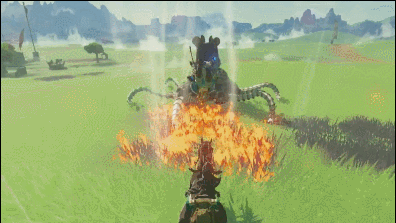 updraft, then grab your paraglider and ride that to an out-of-reach cliff. If you slip on the wet side of a mountain, you can fall a considerable distance before regaining your footing. From the top of a steep hill, you can jump, draw your shield and surf it to the bottom. Glide in over a group of enemies, or shield surf off a cliff above them, and you can draw a bow in mid-air and slow time before raining death upon them. Each one of these actions is insanely satisfying each time you do it, as well as actually useful in-game. Well, maybe not the shield surfing, but is it damned good fun, and all it costs is a little bit of weapon durability.
updraft, then grab your paraglider and ride that to an out-of-reach cliff. If you slip on the wet side of a mountain, you can fall a considerable distance before regaining your footing. From the top of a steep hill, you can jump, draw your shield and surf it to the bottom. Glide in over a group of enemies, or shield surf off a cliff above them, and you can draw a bow in mid-air and slow time before raining death upon them. Each one of these actions is insanely satisfying each time you do it, as well as actually useful in-game. Well, maybe not the shield surfing, but is it damned good fun, and all it costs is a little bit of weapon durability.
Crilly, If You Try To Bullshit Me Like That Again…
On that note, let’s talk about the new breakable weapons, shields and bows. Link has been able to use enemy weapons since Wind Waker, but this is the first time they’ve been his main method of attack. Each piece of equipment has a different durability and damage rating, and Link has limited space to store them all. This creates some interesting choices, such as keeping balance between utility items like a Korok Leaf or torch, and damage dealing weapons. You’ll also have to decide when to use what weapon. Sure, a two-handed greatsword can mow down Bokoblins and Lizalfos, but it might be better saved for a Moblin. Some enemies also drop not only their weapons, but their body parts. It’s always fun to smack something to death with the twitching arm of a Stalfos.
Trials and Tribulations
Finally, we can’t talk about Legend of Zelda without mentioning the dungeons and puzzles. The core idea of finishing dungeons to progress the game is largely done away with. There are still dungeons in the game, but they’re different from what you’ll have experienced before. Instead, the series of puzzle rooms that players will be used to is provided by the Shrines. Shrines can take various forms, but the common theme is that they all provide a Trial of some sort. The most common trials are those involving puzzles, though some can be a straight combat test against one of the Guardians.
Among the puzzle based shrines, there’s a large variety in what they entail, as well as their length. Some will require you to bomb or freeze things in a certain order to create a path. Others will require that you obstruct the environment so that another object is diverted down a new path. Occasionally you’ll be required to use the Switch motion controls to tilt a ball down a maze a la Rollgoal. Even though many of the Shrines revolve around a similar set of mechanics, each one feels substantially different. It’s a good thing too, because any completionists out there will have to complete over 100 of them.
The biggest flaw with this otherwise brilliant change in direction, is that all of the Shrines have the same decor. I feel they would have been much better served to have different styles, such as forest, ice, fire, etc. Just a little bit more to harken to the archetypical dungeon design.
A Legend of Meta
All told, Breath of the Wild is a beautiful experience. Each and every little discovery has filled me with a sense of wonder. One that I haven’t really felt since The Wind Waker. Admittedly, there are many things I, personally, have come to expect from the series that aren’t present. However, that feeling goes hand in hand with an honest love of the features replacing them. There’s so much to adore that I haven’t even gone into detail on. Things such as the new dynamic sound design that’s replaced older area-based theme music. Oh, and the feeling of intense religious terror you’ll feel when you spot…Well, never mind that, but yeah, there’s some scary stuff out there beyond the horizon.
This is why I feel Breath of the Wild is such a triumph for(ks) the series. It’s that sense of childlike wonder when you engage with something new for the first time. For Breath of the Wild especially, this is an incredibly meta experience. The game world is built around experiencing something new and about living your own story. There are so many major and minor things out there for you to discover. I can’t wait to get back to discovering some more.
Comment(2)
Comments are closed.
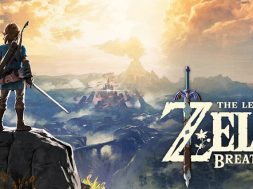
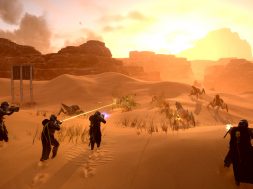


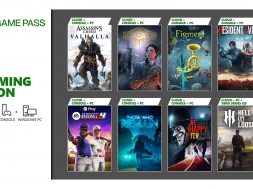
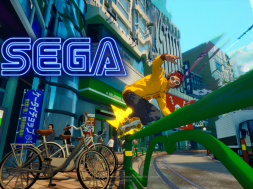


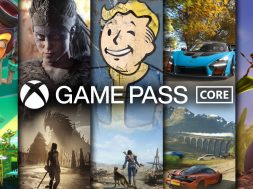
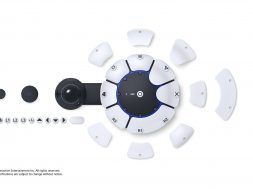

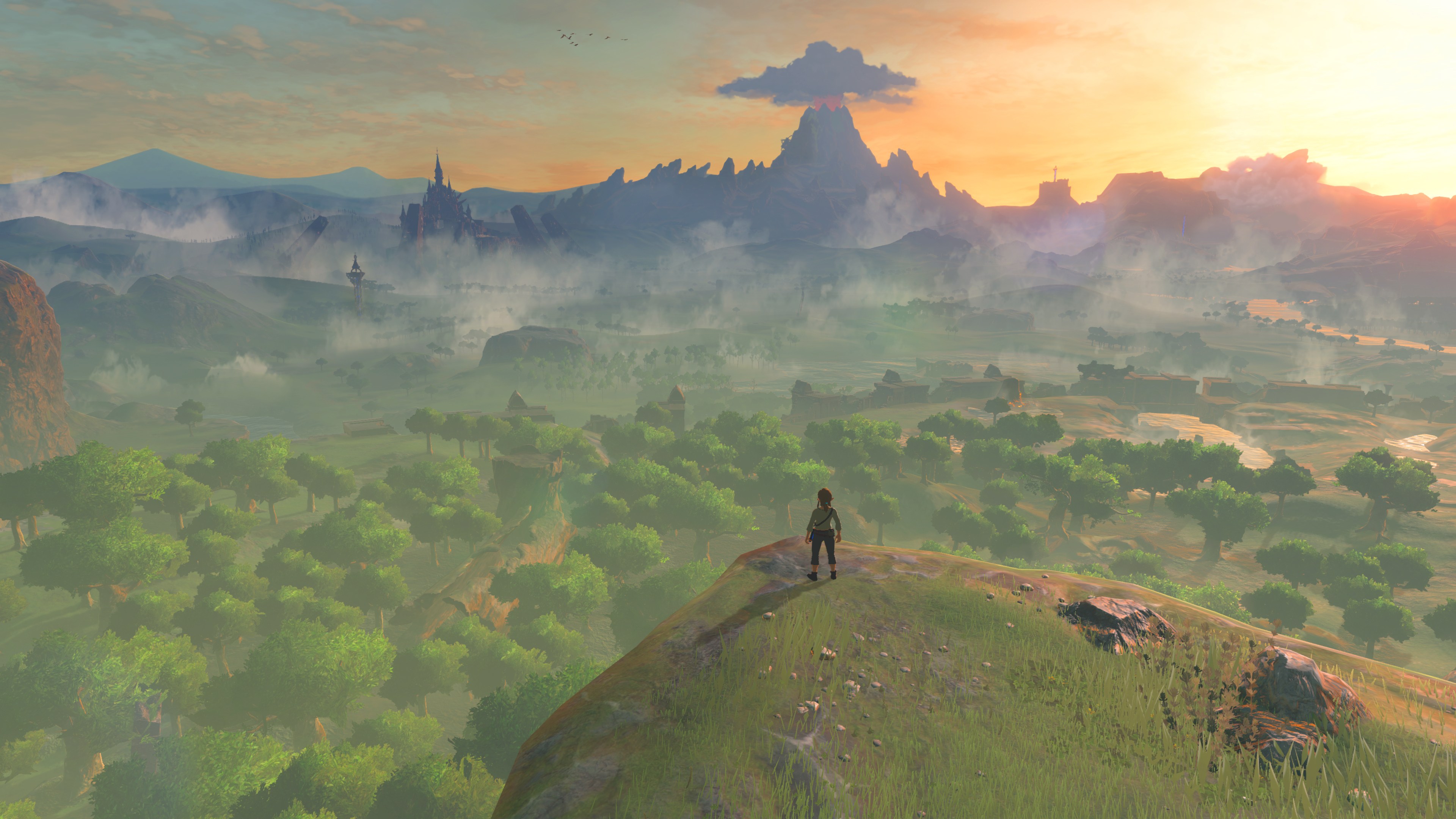
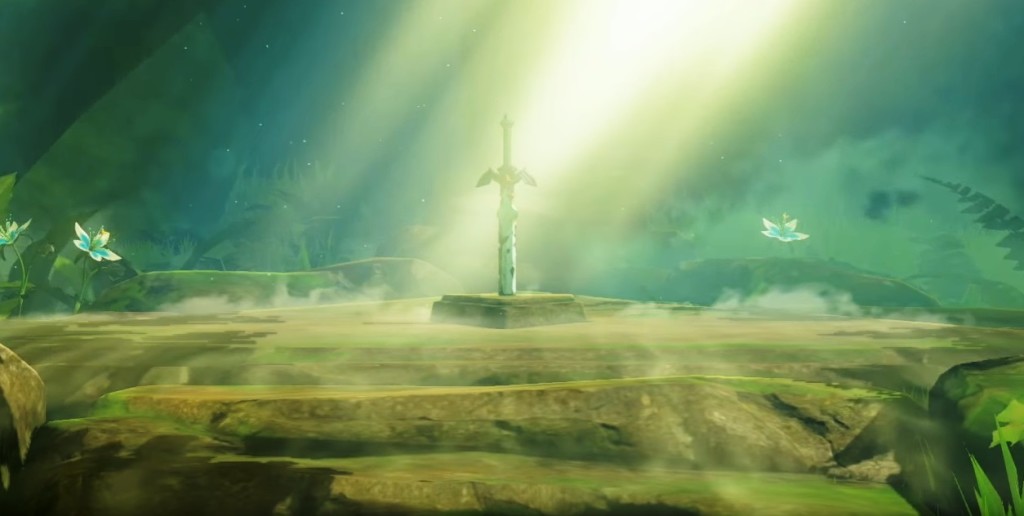
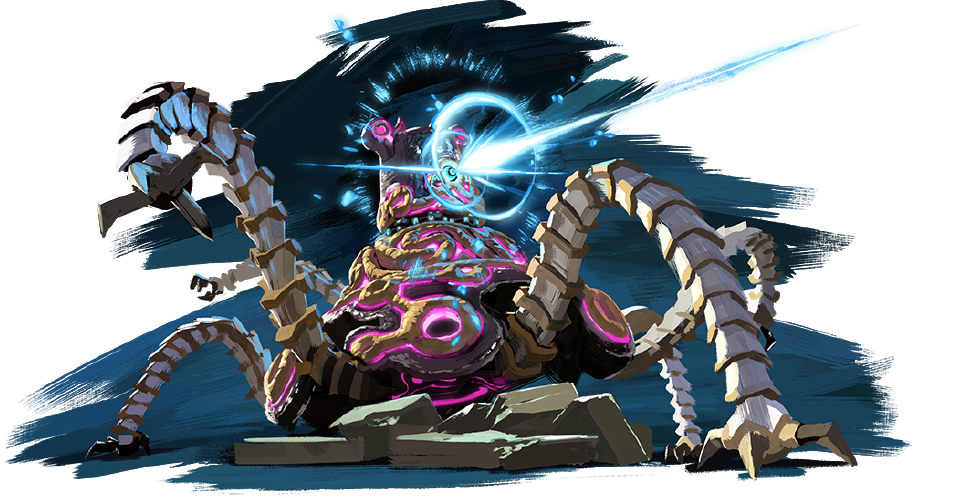
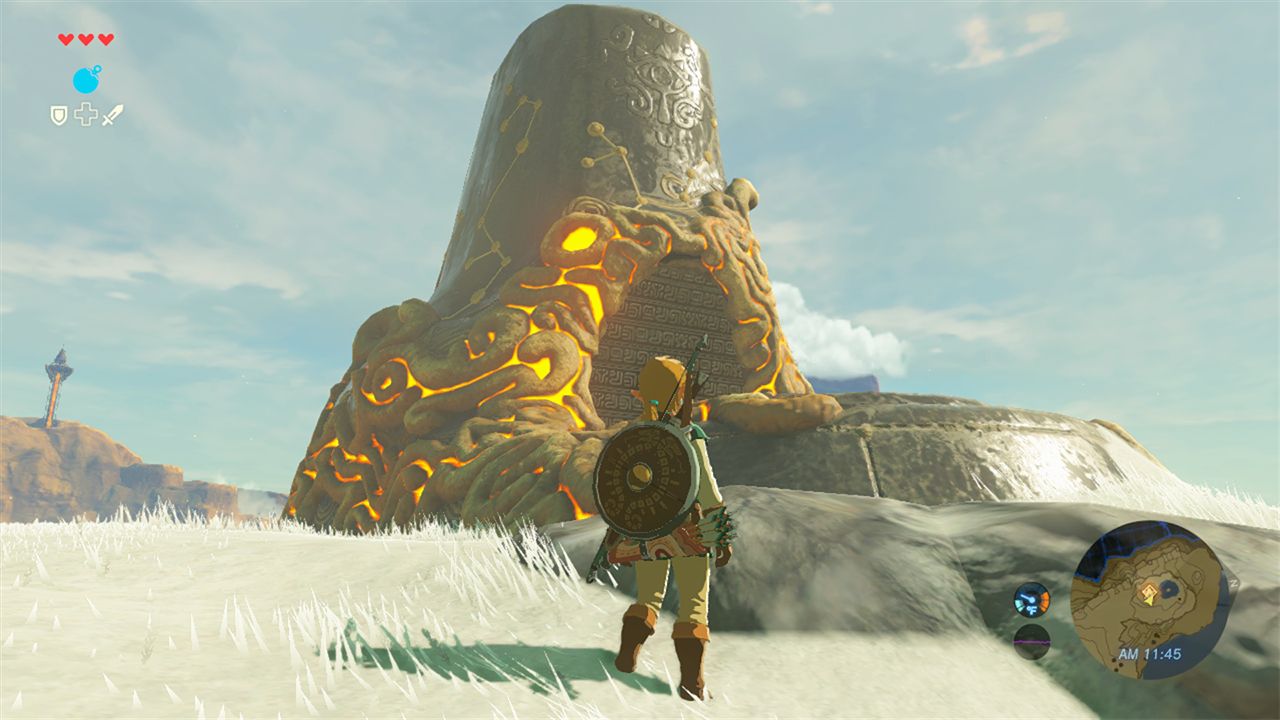
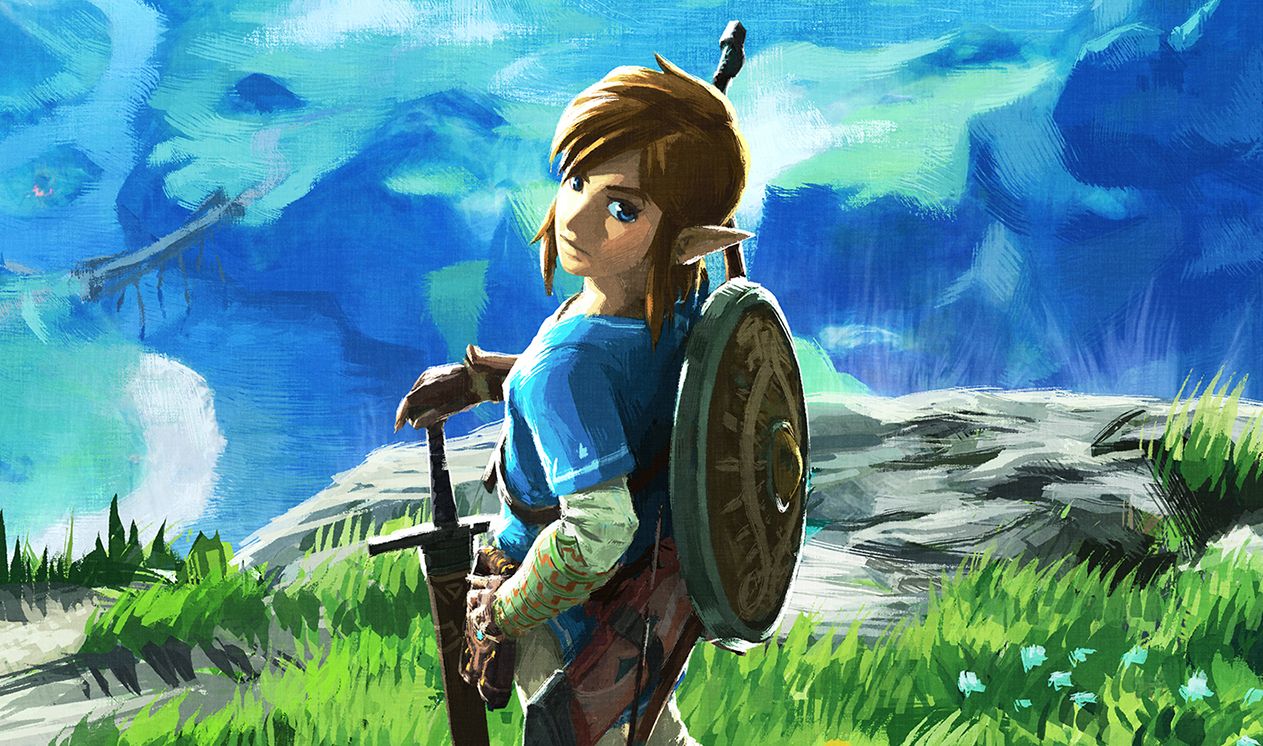
Picking it up today <3 100% convinced now!
It’s substantially different from other Legend of Zelda console games. Enough so that I’d say it could well convert people that don’t normally like the series.